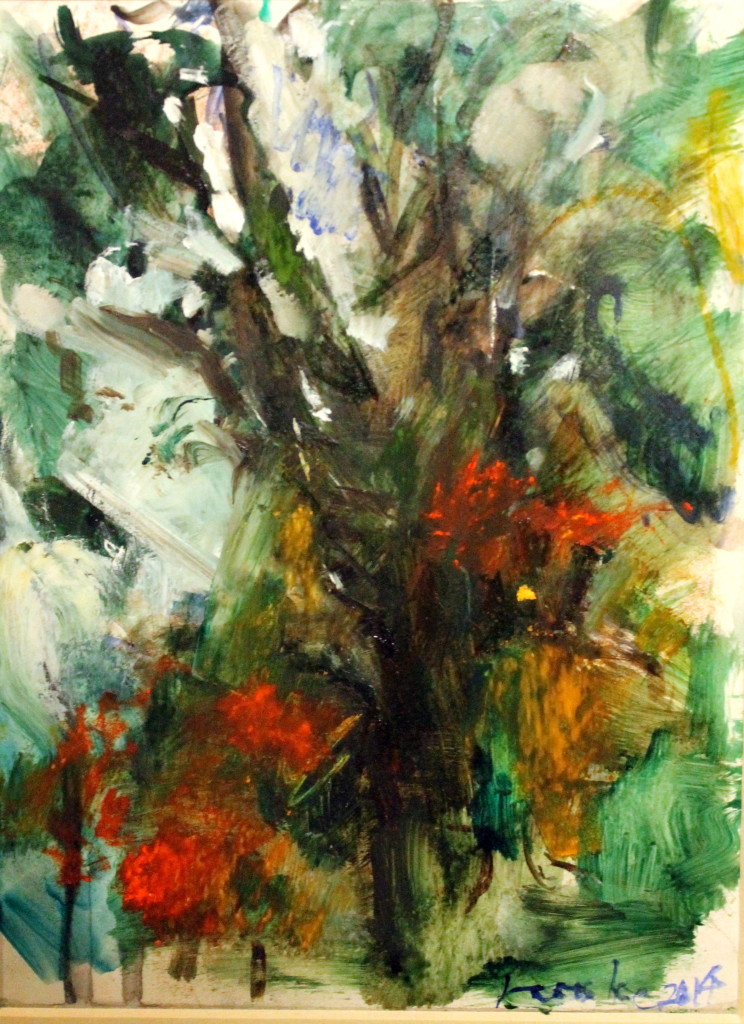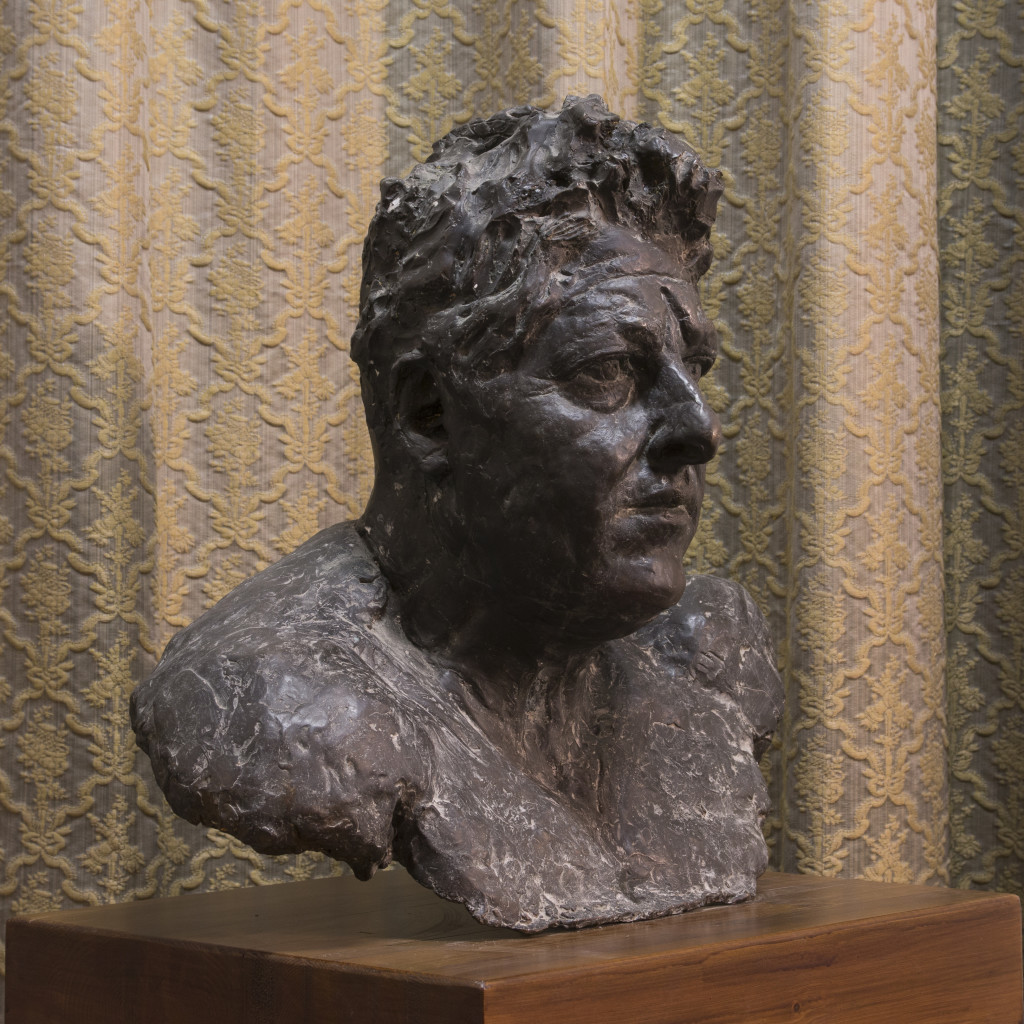Lon B.Isaacson’s Statement of Sponsorship of the Artistic Work of Taisske Kinoshita
Art is mysterious,ineffable,frustratingly elusive,difficult to quantify,impossible to truly objectively evaluate,
but essential to the advancement of the core notions upon which our Civilization rests.For example,is not symmetry a component of Justice?Is Democracy possible in the absense of Truth?Can a Life be examined in the void of a world without Beauty?Is not courage born of man’s struggle to overcome obstacles?Ultimately,do we not strive to feel pleasure,enjoy Beauty,revel in the satisfaction of security and order for us and our loved ones?
The existence of Art,and the appreciation of Art answers these questions,and more.Art stimulates,amuses,rewards,challenges,delights,angers,provides a window through which we examine what we hold dear,right,true and valuable.
I commend to you the work of Taisske Kinoshita.You will learn much from his diffiult climb towards artistic realization.Your world will be enriched by studying ,appreciating,admiring,and understanding his ever higher artistic achievements.
I am fortunate to be his first Sponsor,to support his work financially,to invite others to see in his unfolding artistic accomplishments the value to our Civilization of Art well realized.
Taisske Kinoshita,only now 32 years old,honors us by permitting us to honor him.
LB Isaacson Florence,Italy,April6,2010
Principal:Lon B.Isaacson Associates An Affiliation including a Professional Law Corporation 3435 Wilshire Boulevard; Suite 2910
Los Angeles, Ca. 90010-2015.
Loretta Secchi’s Art critique for the Artistic Work of Taisske Kinoshita(Italian and English)2015
Taisske Kinoshita ha un vero talento nella visione dell’animo umano, e questo si legge chiaramente nei Suoi ritratti: sia grafico-pittorici, sia scultorei, dunque anche nei ritratti di natura. The tree of spirits è un’opera estremamente espressiva, stilisticamente matura. L’artista qui restituisce sapientemente, ma anche spontaneamente, una tradizione di studi tardo ottocenteschi e primo novecente…schi che si è confrontata con la rappresentazione trasfigurata, impressionistica ed espressiva, del paesaggio naturale, non propriamente o esclusivamente iconica. La Sua opera riporta alle strutture compositive dinamiche tipiche della sensazione della natura e a una visione dello spazio, portata a livello della coscienza, presente in Paul Cézanne, ma sembra di leggervi anche la profonda, evocativa e introspettiva conoscenza della natura e delle geometrie essenziali, esistente nell’opera di Giorgio Morandi. Infine, per potenza e lirica del segno, sembra di cogliere persino influssi provenienti dalla pittura informale, ad esempio Emilio Vedova. Questi riferimenti si fondono con grande armonia nella pittura di Taisske in cui la traccia grafica lasciata dal gesso, dalla sanguigna, o dal colore, sul supporto, rivela un controllo della forma mai privo di libertà espressiva e rapidità di tocco. Taisske ha una profonda conoscenza del processo di restituzione dell’impressione, grazie a una ricerca autentica sulle emozioni generate dall’esperienza dei sensi. L’artista opera abitualmente sul supporto con azioni visuo-tattili, e grande velocità esecutiva: ha quindi sicurezza operativa, e la sua può essere una restituzione istantanea della realtà proprio grazie a questa identificazione tra il vedere e il sentire la realtà stessa. La sua opera dunque, pur rispettosa della tradizione, si afferma con carattere autonomo. Questo artista coglie il vero in ciò che osserva e lo restituisce infallibilmente: sia quando si confronta con la natura, sia quando osserva l’animo umano riflesso negli occhi di una donna. Taisske Kinoshita, come pochi, ha il dono di cogliere l’intima espressione vitale attraverso una precisa e puntuale percezione sensibile e vissuta del reale. Loretta Secchi(Curatrice Museo Tattile Anteros-Istituto Cavazza)
Taisske Kinoshita has a real talent in the vision of the human soul, and this is stated clearly in His portraits: both graphic and pictorial, sculptural is, therefore, also in the portraits of nature. The tree of spirits is an extremely expressive, stylistically mature. The artist here returns wisely, but also spontaneously, a tradition of the late nineteenth and early twentieth-century studies which is compared with the representation transfigured, impressionistic and expressive, natural landscape, not properly or exclusively iconic. His work shows the compositional structures typical dynamics of the feeling of nature and a vision of space, brought to the level of consciousness, present in Paul Cézanne, but it seems to read even the deep, evocative and introspective knowledge of the nature and essential geometry, existing in the work of Giorgio Morandi. Finally, power and lyrical score, seems to grasp even influences from informal painting, such as Emilio Vedova. These references melt in great harmony in painting of Taisske where the graphic trace left by chalks such as Sanguine/red chalk, or by color, on the media, reveals a shape control never devoid of expressive freedom and speed of touch. Taisske has a deep understanding of the process of return of impression, thanks to a real research on the emotions generated by the experience of the senses. The artist usually operates on the support actions with visual-tactile, and great speed work: thus operational security, and its return can be a snapshot of reality thanks to this identification between seeing and feeling the reality itself. His work, therefore, while respectful of tradition, states with autonomous character. This artist captures the true in what he observes and returns infallibly: either when confronted with nature, and when it observes the human soul reflected in the eyes of a woman. Taisske Kinoshita, like few others, has the gift to capture the intimate expression of life through a precise and accurate sense perception and lived reality.
Loretta Secchi(Curator Tactile Museum Anteros-Cavazza Institute )
